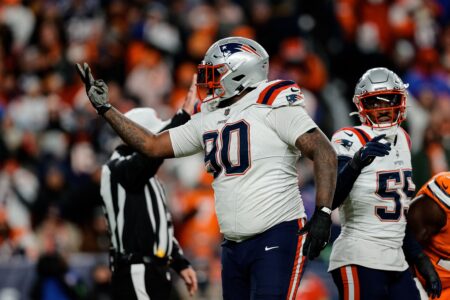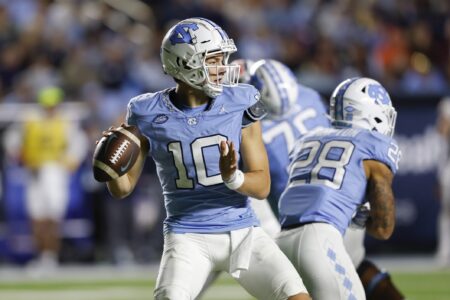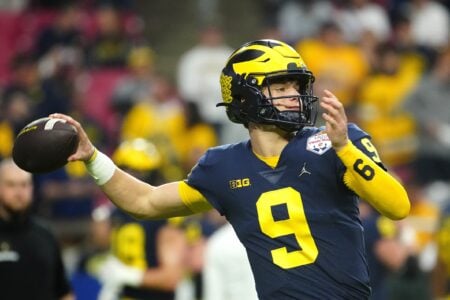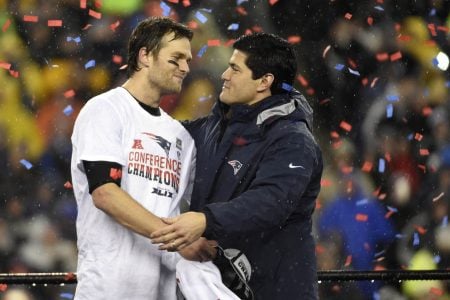- Joined
- Aug 3, 2009
- Messages
- 5,744
- Reaction score
- 5,306
I don't really trust a CBS story, let alone one referencing a Boston Herald "article," so I took a look at it and I'm not really sure what data they were using, but it might be wrong.
First, it seems silly to point this out, but apparently CBS and the Boston Herald don't understand the basics, so I will. We're talking about extremely small sample sizes. 50/50 doesn't mean you win one, your odds to lose the next one go up. It's still 50/50 each time. Strange streaks happen. The Browns lost their first 11 coin flips in 2011.
Plus it's the Herald, so I am not sure I trust the accuracy of anything published on that toilet paper. So I took a look at Pro Football Reference.
2015 regular season: 5-2
2014 regular season: 12-4
2014 play-offs: 2-1
2013 regular season: 6-10
2013 play-offs: 0-2
2012 regular season: 8-8
2012 play-offs: 0-2
Regular Season: 33-25
Play-offs: 2-5
That comes out to 19-7 over 26 games if they included the play-offs. My guess is they included the play-offs and chopped off the first game of the 2014 season, where we lost the coin flip, because we had lost our previous 5 coin flips, and 19-12 isn't as sensational a claim. And 35-30 over the past 3 and a half years isn't really anything to get excited about. We didn't cry when we went 6-10, nor did we care when we went 12-4.
I don't know what the odds are of going 35-30 over 65 games, but I'm fairly confident that 99% of stuff in the Boston Herald is total ****ing trash.
First, it seems silly to point this out, but apparently CBS and the Boston Herald don't understand the basics, so I will. We're talking about extremely small sample sizes. 50/50 doesn't mean you win one, your odds to lose the next one go up. It's still 50/50 each time. Strange streaks happen. The Browns lost their first 11 coin flips in 2011.
Plus it's the Herald, so I am not sure I trust the accuracy of anything published on that toilet paper. So I took a look at Pro Football Reference.
2015 regular season: 5-2
2014 regular season: 12-4
2014 play-offs: 2-1
2013 regular season: 6-10
2013 play-offs: 0-2
2012 regular season: 8-8
2012 play-offs: 0-2
Regular Season: 33-25
Play-offs: 2-5
That comes out to 19-7 over 26 games if they included the play-offs. My guess is they included the play-offs and chopped off the first game of the 2014 season, where we lost the coin flip, because we had lost our previous 5 coin flips, and 19-12 isn't as sensational a claim. And 35-30 over the past 3 and a half years isn't really anything to get excited about. We didn't cry when we went 6-10, nor did we care when we went 12-4.
I don't know what the odds are of going 35-30 over 65 games, but I'm fairly confident that 99% of stuff in the Boston Herald is total ****ing trash.




















